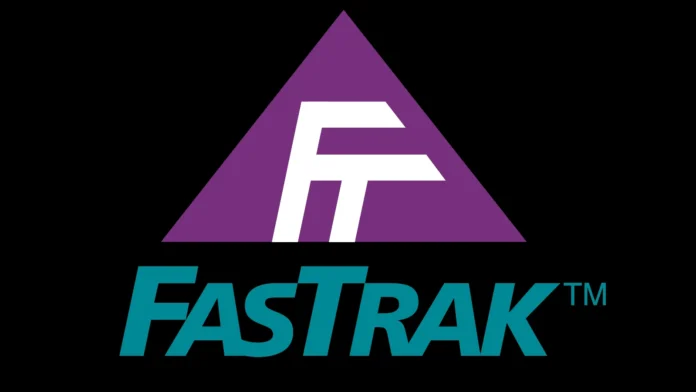In recent weeks, a new scam has emerged targeting drivers with FasTrak accounts. The FasTrak lane tolls scam involves fraudulent text messages that appear to be from FasTrak, demanding payment for unpaid tolls. These messages create a false sense of urgency, warning recipients that they must pay immediately to avoid fines or the loss of their driver’s licenses. This scam has already affected many drivers, and it’s crucial to understand how to identify and protect yourself from falling victim to it.
How the Scam Works
The scam begins with a text message that appears to be from FasTrak, California’s electronic toll collection system. The message typically includes a warning about unpaid tolls and a link to a website where the recipient can supposedly make a payment. The text often includes a specific date by which the payment must be made to avoid further penalties. However, the link provided in the message leads to a fraudulent website designed to steal personal and financial information.
One of the key indicators that the message is a scam is the sense of urgency it conveys. Scammers use this tactic to pressure recipients into acting quickly without taking the time to verify the legitimacy of the request. Additionally, the text message may contain spelling or grammar errors, which can be a red flag. However, even if the message appears to be professionally written, it’s essential to remain cautious and verify its authenticity.
Real-Life Examples
Several drivers have reported receiving these scam texts. For instance, one driver shared that the message they received read: “Please pay your FasTrak lane tolls by February 4, 2025. To avoid a fine and keep your license, you can pay at [fraudulent link].” Another driver noted that the text they received misspelled FasTrak as “FastTrack,” which raised their suspicion. Despite these variations, the goal of the scam remains the same: to trick recipients into providing their personal and financial information.
Protecting Yourself from the Scam
To protect yourself from the FasTrak lane tolls scam, follow these steps:
- Verify the Message: If you receive a text message claiming to be from FasTrak, do not click on any links or provide any personal information. Instead, log in to your FasTrak account through the official website to check for any unpaid tolls or messages.
- Report the Scam: If you receive a suspicious text message, report it to the Federal Trade Commission (FTC) and your phone carrier. This can help authorities track and shut down the scammers.
- Block the Number: Block the number that sent the scam text message to prevent further messages from the same source.
- Stay Informed: Keep up to date with the latest news and alerts about scams targeting drivers. This can help you recognize and avoid new scams as they emerge.
What to Do If You’ve Fallen Victim
If you have already clicked on a link in a scam text message and provided your personal information, take immediate action to protect yourself:
- Contact Your Bank: Notify your bank or credit card company about the potential fraud. They can help you monitor your accounts for suspicious activity and take steps to secure your information.
- Change Your Passwords: Change the passwords for any accounts that may have been compromised, including your FasTrak account.
- Monitor Your Credit: Keep an eye on your credit report for any signs of identity theft. You can request a free credit report from each of the three major credit bureaus once a year.
- Report the Incident: File a report with the FTC and your local law enforcement agency. This can help authorities investigate the scam and prevent others from falling victim.
Conclusion
The FasTrak lane tolls scam is a serious threat to drivers, but by staying informed and vigilant, you can protect yourself from falling victim. Always verify the authenticity of any messages you receive and report any suspicious activity
